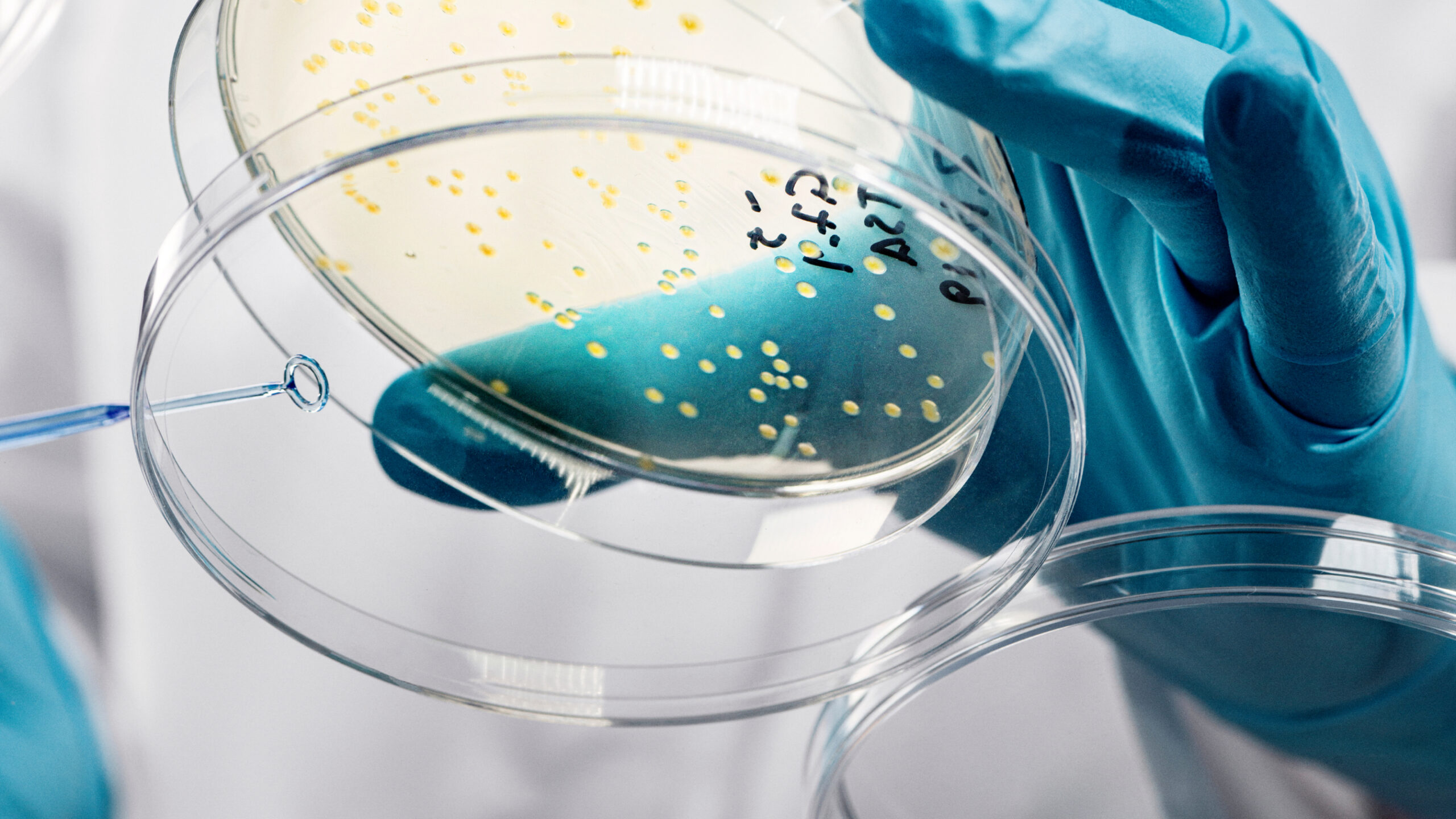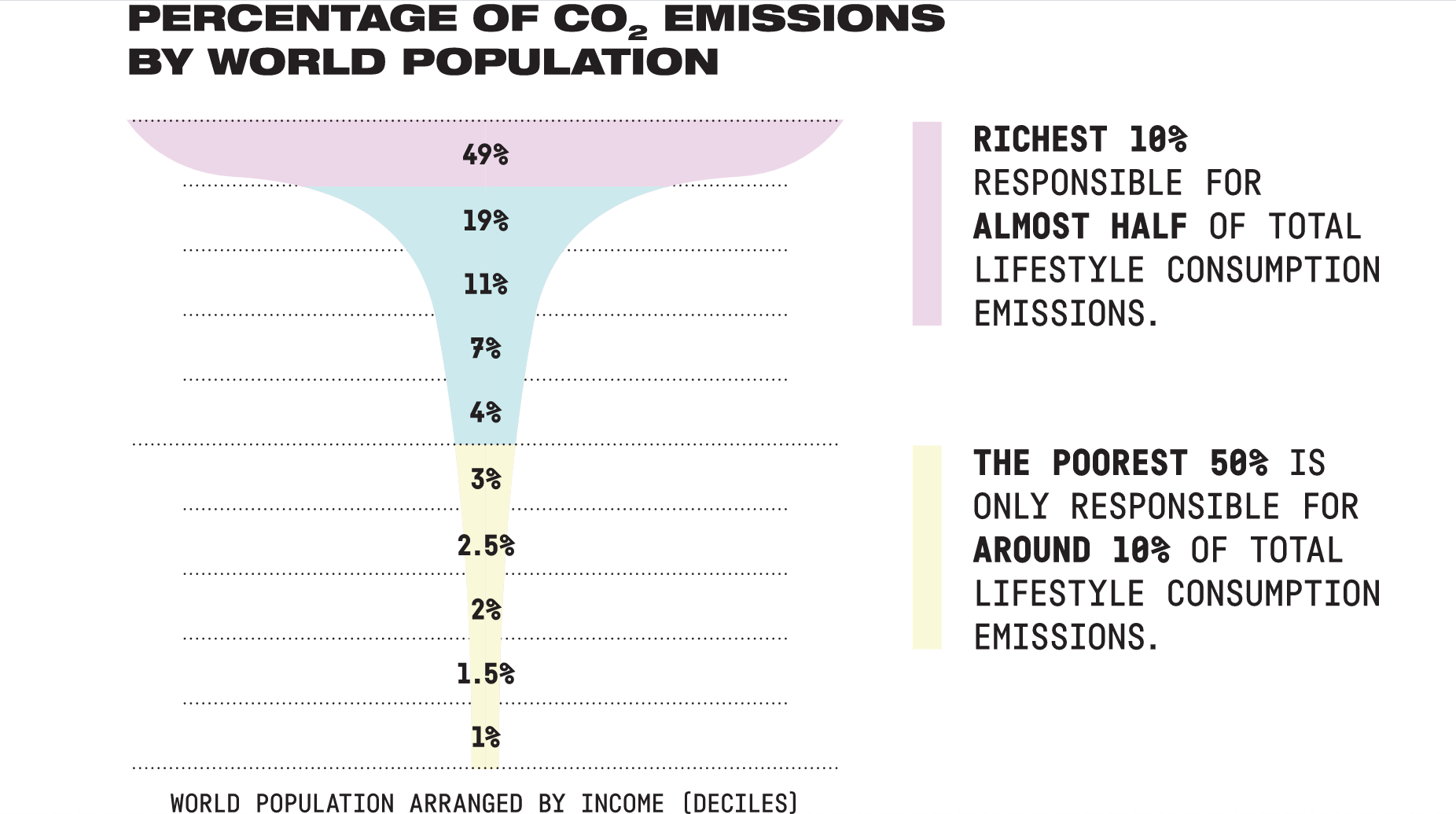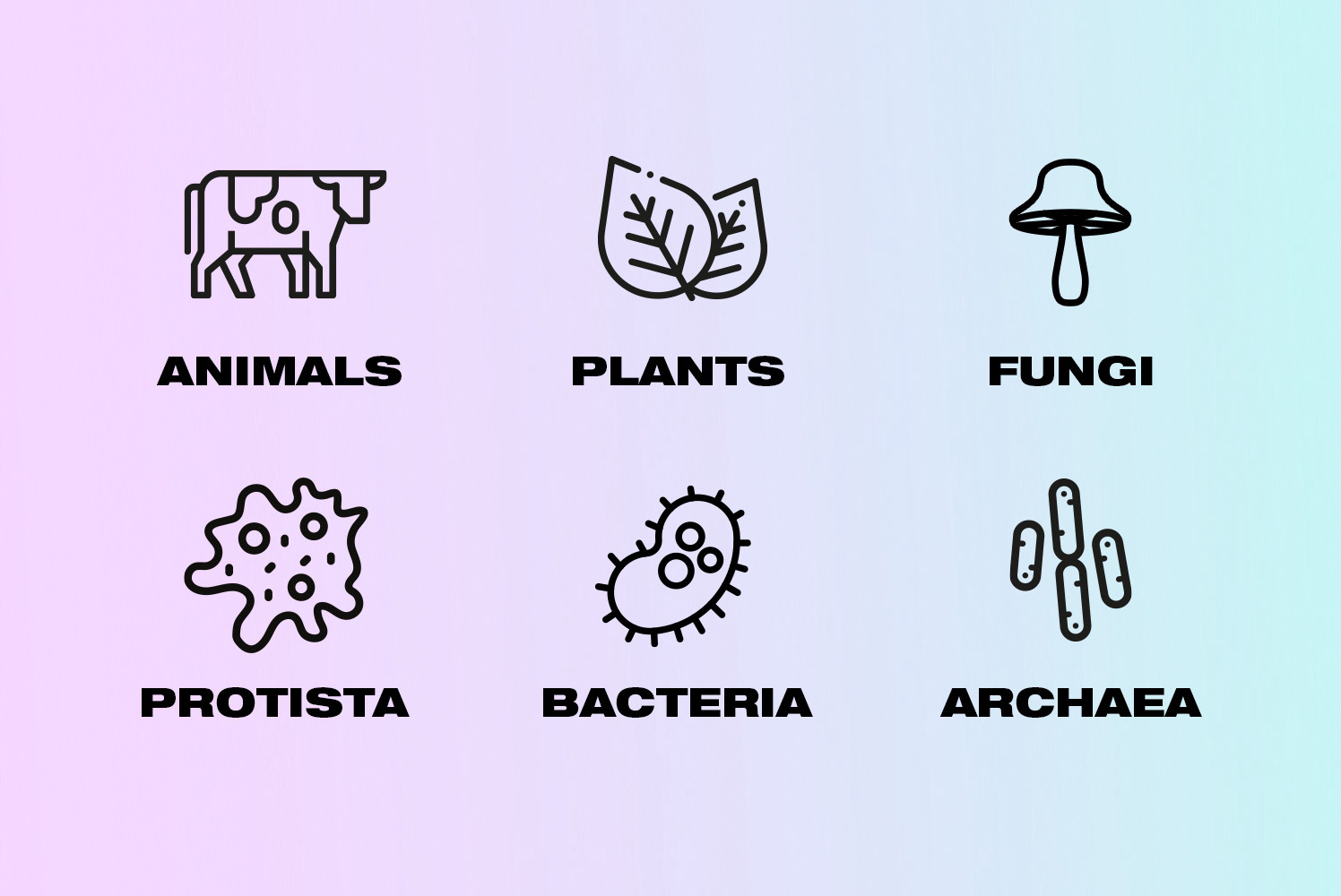The pros and cons of protein (1/2)

Written by:
Solar Foods
Liberating protein production.
We like to talk a lot about proteins at Solar Foods and our own unique protein, Solein. For many, the word protein conjures up images of meat and muscle, snack bars and bodybuilders. It is however one of the key drivers of humanity and a crucial component in the well-being of the planet.
Protein is life
Firstly, protein is not a supplement. It is a basic constituent in all living organisms: it makes us what we are and keeps us that way. Our cells are made up largely of different proteins, making up our muscle, skin, hair, and every other tissue as well as cells that carry out the inner workings of the body like blood cells, insulin or adrenalin. The rest is basically water, fats, DNA, RNA and minerals. Carbohydrates are mainly used to fuel the cells. There are an estimated 100,000 different proteins in the human body alone, and each of them is made up of a combination of different combinations of only twenty amino acids. And all of the twenty amino acids always have the same key elements: carbon (C), hydrogen (H), oxygen (O), and nitrogen (N). All of which also make up the air we breathe. More on that later.
Out of these twenty, nine are called essential amino acids because they cannot be made by the human body. In other words, they must come from the food we eat instead.
An important distinction to make is that protein does not equal meat or even animal-based food. There are numerous sources of plant-based protein too that can take the place of animal-based ones in the human diet, of which soy is the most common one today.
What we do need, however, is a combination of the nine essential amino acids to function and stay healthy. Proteins that have all nine are called complete proteins. The 9 essential amino acids are: histidine, isoleucine, leucine, lysine, methionine, phenylalanine, threonine, tryptophan, and valine. If the body does not get a sufficient amount of these, it will start breaking down muscle to feed itself these amino acids.
Protein made us human
We would not have evolved this way if it wasn’t for our increased protein consumption.
Archaeological and palaeontological evidence indicates that our ancestors (hominids) increased protein consumption in the form of hunted meat led to the growth of our brains, social behaviour, and evolution of our bodies to hunt and forage, at least 3 million years ago. Homo sapiens evolved to need an ever larger amount of protein and the essential nine amino acids. With larger brains came the use of energy in the form of fire and tools like stone axes and language, which made hunting easier, protein even more available and added to a positive feedback loop in which mankind was able to master its environment.
As a consequence, humanity may have been partially responsible (along with natural climate change) for the wave of megafaunal herbivore extinctions, such as the woolly mammoths, around 50 000 years ago, when humans left Africa in hunting parties in search of more meat. This would be the start of a man’s lust for protein impacting the planetary ecosystem.
Protein is prosperity
Culinarily, people tend to love proteins. When GDP in countries has gone up, so has their protein consumption. Many times, the protein part of a meal is considered the “main” ingredient. A cookbook will often list its recipes in terms of which protein is used (chicken/beef/tofu) in the ingredients instead of say, whether it has carrots or not.
The recommended intake of protein according to the WHO to stay healthy is a modest 0.83 grams per kilogram body weight. The average weight of a person in the world is 62 kg (these differ regionally; it’s 80.7 kg in North America!), so the average person in the world would need about 50 grams of protein per day.

Many people, especially in rich countries, consume more protein than they need. The United States and Europe have been stubbornly addicted to meat for decades, eating far more than the 50 grams per person per day that is the average requirement.
According to a whitepaper by the World Resources Institute: “Between 1961 and 2009, global average per person availability of animal-based protein grew by 59 percent, while that of plant-based protein grew by only 14 percent. Looking forward, total consumption of animal-based food is expected to rise by nearly 80 percent between 2006 and 2050. Although per person animal-based food consumption may be peaking in developed countries where consumption is already high, it is projected to rise in developing countries, especially in emerging economies and in urban areas.”
We are headed towards a more prosperous world, but it is gorging on proteins.
This has profound environmental implications. Animal-based protein sources, especially beef, are extremely resource-intensive to produce. If the rising demand for proteins is met with growing more livestock and poultry, the damage we could do to human living conditions in the form of pollution, land exploitation and climate change could be irreversible.
And this isn’t even taking into account the moral dilemma of growing sentient beings on a scale that has long since been anything but natural.
Proteins are underutilised
What the charts don’t usually show is that there are other proteins that humans can eat besides animals, mushrooms and plants.

There is a whole world of single-cell organisms that are part of the biodiversity of the Earth. We use a variety of them for some of our most delicious foods in baking, yoghurt, brewing beer, fermenting soy sauce or pickles, but they haven’t been cultivated for food as such. Single-cell organisms use fewer resources to grow and they can provide trillions of new ways to produce protein than a chicken, pig or cow. If you could take a micro-organism and harvest it on a scale that could replace conventional protein sources, that would have immense consequences for the planet.
Now imagine if you could get the main ingredients for their amino acids, C, H, O and N, directly from the air. Air consists mainly of nitrogen, oxygen, carbon dioxide and water vapour (H2O).
That’s what we are doing with Solein. It’s a complete protein that is made with air. And we have already made meat, dairy and other alternatives with it.
Our next part will go into the planetary effect protein production is having and the implications of a new form of farming – cellular agriculture.
This is part one of a two-part series on the pros and cons of protein.

